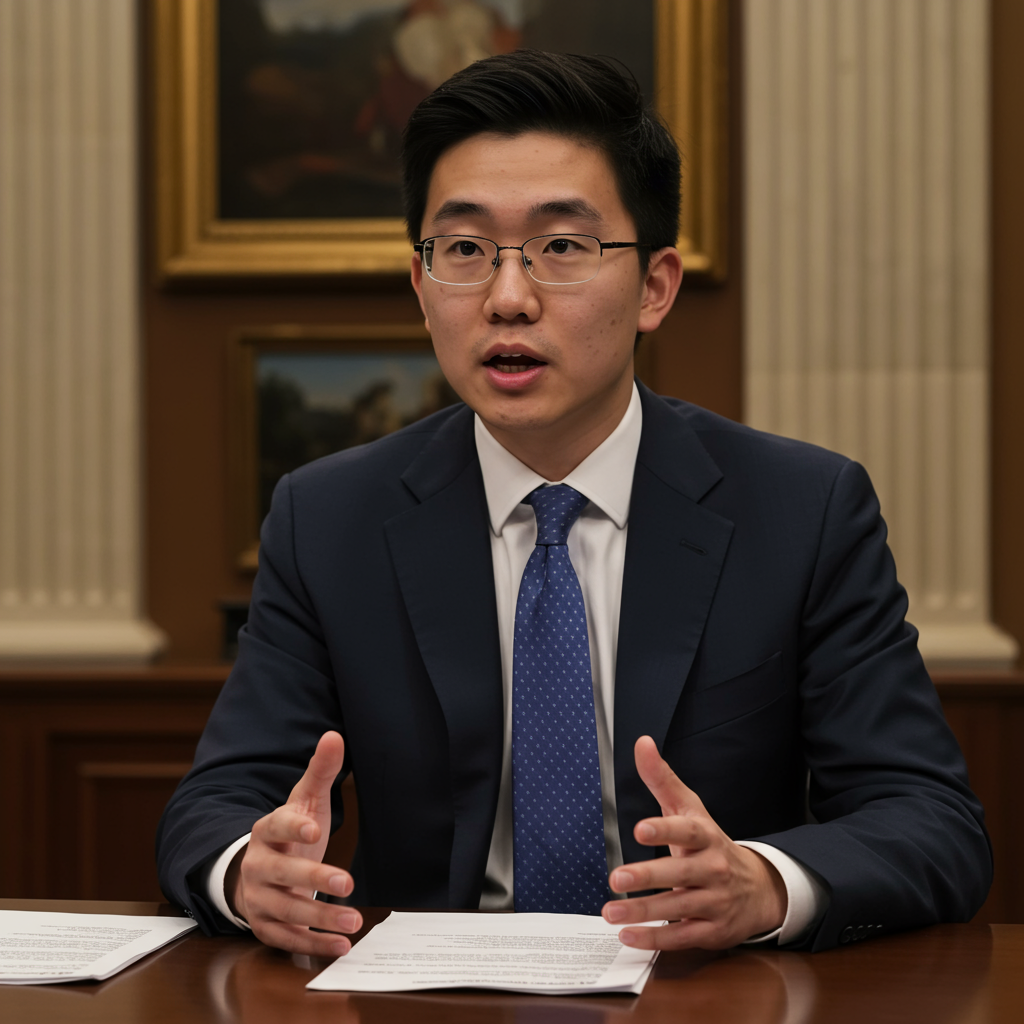Matthew Chen, a high school student and aspiring researcher from Kansas, delivered an urgent message in Washington, D.C.: proposed cuts to vital cancer research funding threaten to cost lives across the state. Traveling to the nation’s capital, Chen sought to sound the alarm directly to lawmakers, including Senator Jerry Moran, about the potential devastating consequences of reduced investment in biomedical research.
Why Cancer Research Funding Is at Risk
Chen highlighted concerns over dramatic and unprecedented proposed reductions in research funding, coupled with staff eliminations and policy shifts at key institutions like the National Institutes of Health (NIH) and the National Cancer Institute (NCI). These proposed changes, he argued, place the future of developing new cancer cures and effective treatments in jeopardy.
A Kansas Student’s Urgent Trip to Washington
Matthew Chen made the journey to Washington last week specifically to advocate for robust support for cancer research funding. He emphasized that he came not as a professional lobbyist, but as a concerned high school student, a proud Kansan, and a young person already personally involved in conducting cancer research. This unique perspective fueled his determination to make clear that “cuts have consequences.”
The Direct Impact on Kansans
During his trip, Chen attended a crucial U.S. Senate hearing focused on the administration’s proposed budget for fiscal year 2026. He noted the budget included what he described as devastating cuts to the NIH, with a significant impact on the NCI. Chen stressed that these reductions are far more than just numbers on a spreadsheet; they represent real barriers to life-saving discoveries and will have direct, negative consequences for real people, particularly impacting the health and lives of Kansans. His direct appeal to Senator Jerry Moran underscored this critical link between federal funding decisions and the health outcomes of constituents back home.


